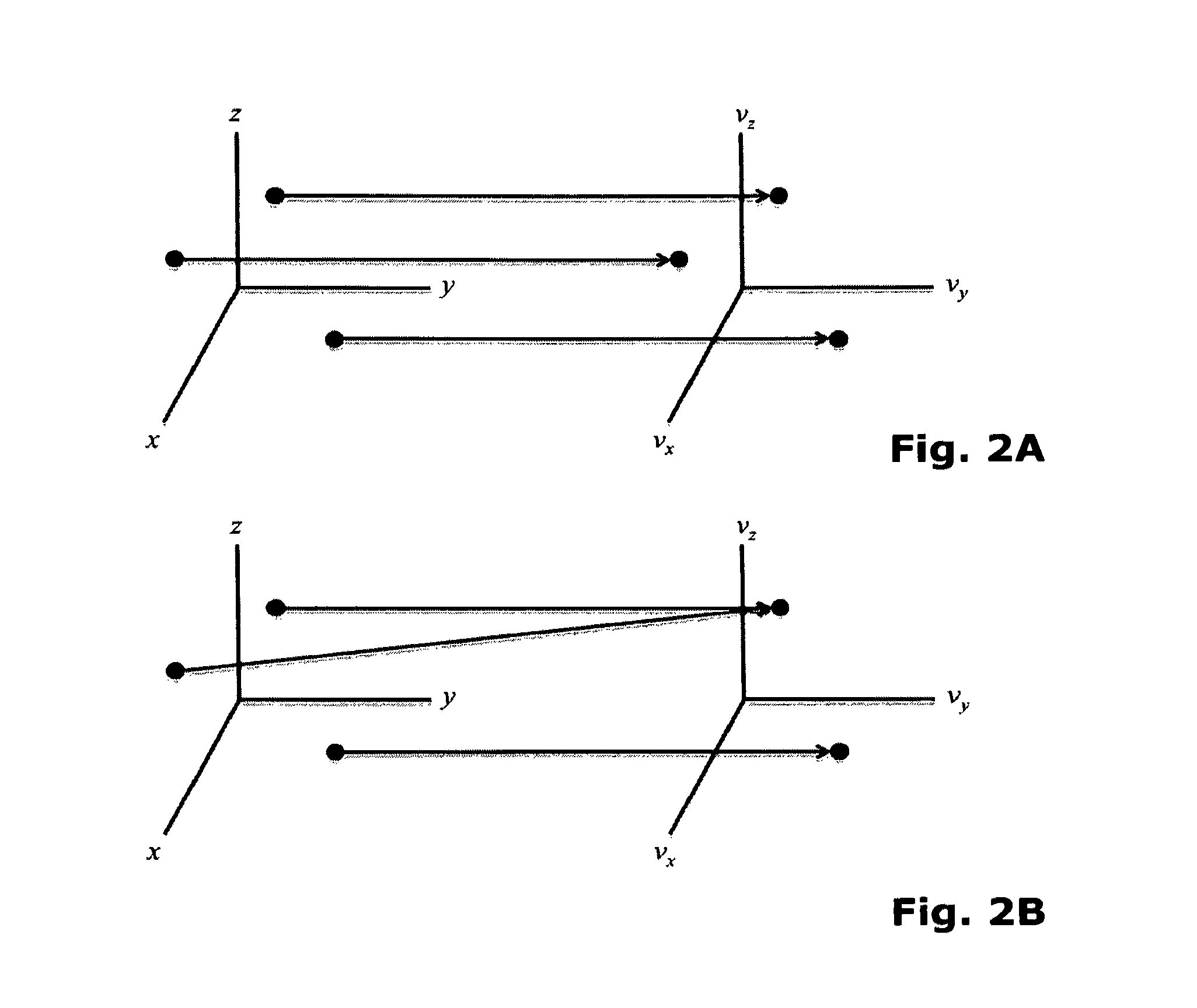Method of MR (=magnetic resonance) with spatial encoding to generate an image or spectroscopic data
a spatial encoding and magnetic resonance technology, applied in the field of magnetic resonance (= mr) with spatial encoding to generate images or spectroscopic data, can solve the problems of unsuitable current magnetic resonance imaging techniques, unnecessarily broadening magnetic resonance signals, and poor shape definition, so as to facilitate mr sequences and improve signal-to-noise ratios. , the effect of rapid signal acquisition
- Summary
- Abstract
- Description
- Claims
- Application Information
AI Technical Summary
Benefits of technology
Problems solved by technology
Method used
Image
Examples
Embodiment Construction
Selecting a Volume of Interest within the Object of Investigation (Step a)
[0050]There are various ways to select volume of interests from within an object of investigation that are well known in the field of MR. The volume of interest may be selected with prior knowledge of the object's position, which may obtained from prior or ‘scout’ images. These scout images are typically very short duration, low resolution images obtained to determine the object's specific placement and orientation within the MRI apparatus. Alternatively, a volume of interest can be selected without this prior knowledge, in a fashion identical to the way the initial scout images are acquired.
Preparing a Transverse Magnetitzation with Nonlinear Phase Distribution
[0051]The transverse magnetization or signal in a MRI experiment is created by applying RF energy to the object in the neighborhood of the spin Larmor frequency. The equation for the transverse magnetization is given by
[0052]S(t)=∫-∞∞ρ(x⇀)ⅇⅈϕ(x⇀...
PUM
 Login to View More
Login to View More Abstract
Description
Claims
Application Information
 Login to View More
Login to View More - R&D
- Intellectual Property
- Life Sciences
- Materials
- Tech Scout
- Unparalleled Data Quality
- Higher Quality Content
- 60% Fewer Hallucinations
Browse by: Latest US Patents, China's latest patents, Technical Efficacy Thesaurus, Application Domain, Technology Topic, Popular Technical Reports.
© 2025 PatSnap. All rights reserved.Legal|Privacy policy|Modern Slavery Act Transparency Statement|Sitemap|About US| Contact US: help@patsnap.com



